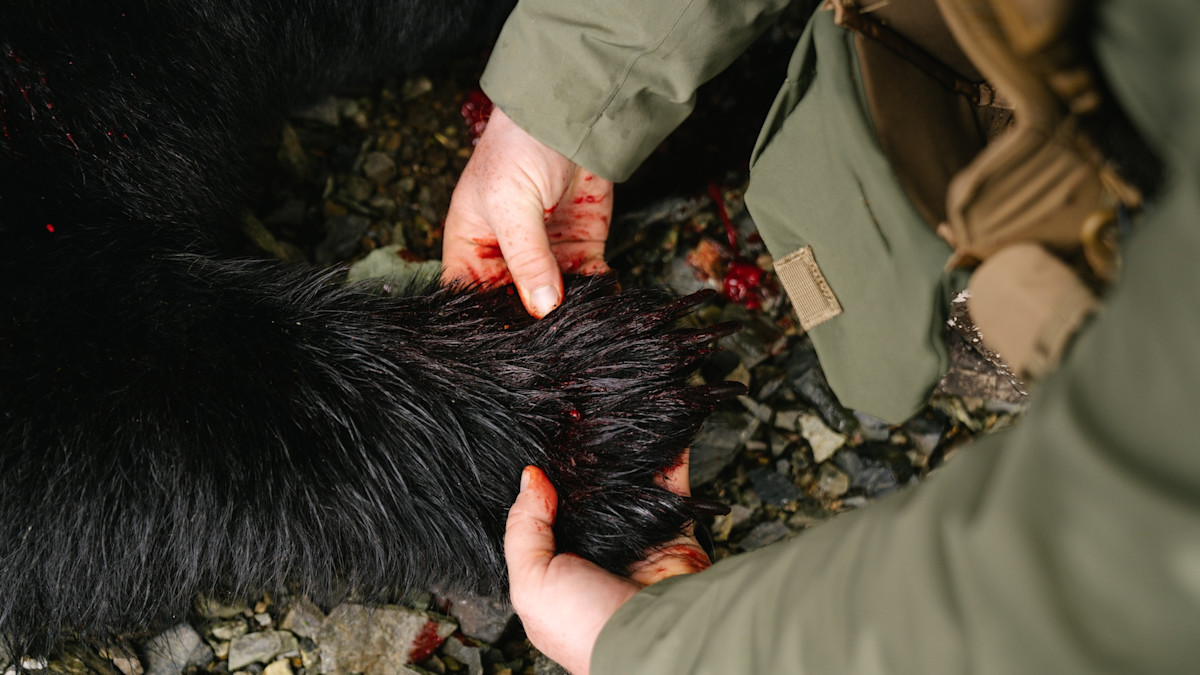
At a meeting on April 9th, the Louisiana Wildlife and Fisheries Commission voted to adopt a black bear hunting season in the state—the first since the Louisiana black bear was listed under the Endangered Species Act in 1992.
The Commission approved a 16-day season, set to run December 7 to 22 this year. Only ten tags will be administered this year through the state’s lottery system, and hunting will be limited to a single unit in the northeast corner of the state. Additionally, hunting over bait will be permitted.
The decision comes on the heels of an uptick in complaints about the burgeoning bear population in the state. “It’s beginning to be a pain in the behind to try and deer hunt, and we’re paying to deer hunt, we’re not paying to raise bears, we’re paying to deer hunt,” one disgruntled resident told a local news channel, WAFB9, last November.
“Every time we go to the woods and the neighboring properties whenever they go to the woods, you’ll see three, four, or five sometimes,” he continued. “It’s just getting way out of hand.”
But it hasn’t always been that way. Lousiana bears were nearly hunted to extinction in the 1800s and 1900s. Among those who cashed in on the action: Teddy Roosevelt. He ventured to the state in 1902 and 1907 to hunt black bears. Both trips are steeped in folklore.
As legend has it, on the first excursion, Holt Collier—a former slave and hound tender, single-handedly captured and tied a live bear to a tree that Roosevelt refused to shoot. The second hunt lasted thirteen days, but he got redemption. Roosevelt recounted in a letter: “At last today I killed my big she bear—202 lbs. It was my thirteenth day; now everything is pure pleasure… I shot her through the lungs at first shot, and then broke her back between the shoulders lest she should injure the leading dog. The hunt was great fun.” (You can read this article for a full, historical account of the hunts.)
Along with hunting pressure, habitat loss was the final blow to the bears. Their preferred habitat of hardwood river bottoms full of cypress, ash, and oak was torn to pieces by logging and farming activities. Together, overhunting and habitat loss prompted an ESA listing in 1992, with an overall population of less than 400 bears at the time. A subsequent recovery plan in 1995 called for restoring and protecting bear habitat and the establishment of at least two viable subpopulations in the state: one in both the Tensas and Atchafalaya river basins.
The conservation efforts proved wildly successful on all fronts. Thanks to voluntary and incentive-based restoration projects on private land, the state not only stopped deforestation in critical areas on the Mississippi River Delta but actually created a net gain in habitat. Additionally, recovery efforts helped the state permanently protect an additional 37,000 acres of public land.
The bears were removed from the ESA in 2016, and population estimates today are between 1,200 and 1,500 animals—enough to prompt a hunting season. While tags will be extremely limited this season, numbers could increase in subsequent years so long as recovery and population goals are still being met. Overall, it’s a success story for the species, and hunters are poised to reap the benefits of it in Louisiana this winter.





